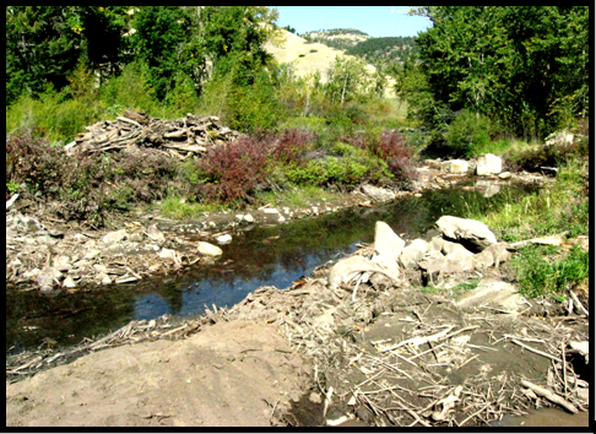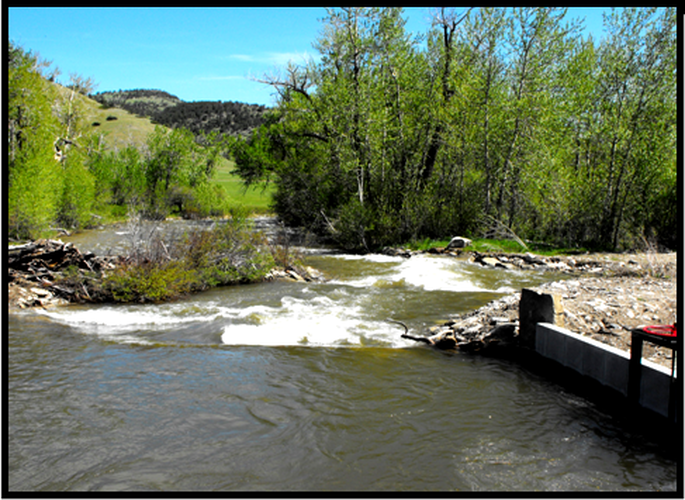River Diversion Rehabilitation Project A waterway can be tricky. The ebb and flow depends on the time of year and creates its own unique habitats throughout the process. Mapping and understanding the formation of a waterway is even more difficult. From the plants growing there to natural obstructions and fish spawning habitats, multiple factors come into play and determine whether a wetland is prime fisheries habitat or a small trickling stream. We use our experience and specialized design skills to determine how best to convert a waterway into a prime aquatic habitat. We take into account all biological stages and use environmental engineering to keep our fisheries on the thriving side. To counteract natural ebbs and flows, certain techniques are used, such as diversion, to naturally recreate a steadily flowing stream. Our project on the West Boulder River had already been diverted, but incorrectly. The process of diversion for whatever reason may seem simplistic, however, the expected outcome may differ due to multiple factors that were previously not an issue. Too much flow in one direction may cause an embankment to erode, or a lack of depth may cause the fish population to drastically decline. Such is partially the case of our West Boulder River restoration project. Environmental Engineering to Recreate and Restore Natural Aquatic Habitats As can be seen in the photo, the previous point of diversion consisted of a headgate that was located on a side channel of the West Boulder River. The side channel received consistent flow from the main thread, however, it was perched above the main channel such that its flow was commonly too shallow to satisfy diversion requirements at the headgate. The shallow water created the ideal space for blockages to become trapped and accumulate. During spring runoff, the side channel was chronically prone to sediment and woody debris accumulation, promoted by the current headgate/weir configuration. The accumulated deposits required extensive annual maintenance. To deepen flows at the headgate, a rock weir was installed below the headgate structure. The proposed project was designed to maintain necessary water surface elevation that also ensured water delivery to the irrigation ditch. Construction of a stable weir structure was intended to facilitate conveyance of both debris and sediment past the structure, and the relocation of the headgate to the channel margin was designed to remove backwatering that promoted woody debris accumulation.
From the post-construction picture, you can see the headgate was realigned so that it did not impede natural flow paths along the bank. Urbani Fisheries completed this project in 2009 with their work emphasizing
4 Comments
|
Categories
All
Archives |



 RSS Feed
RSS Feed